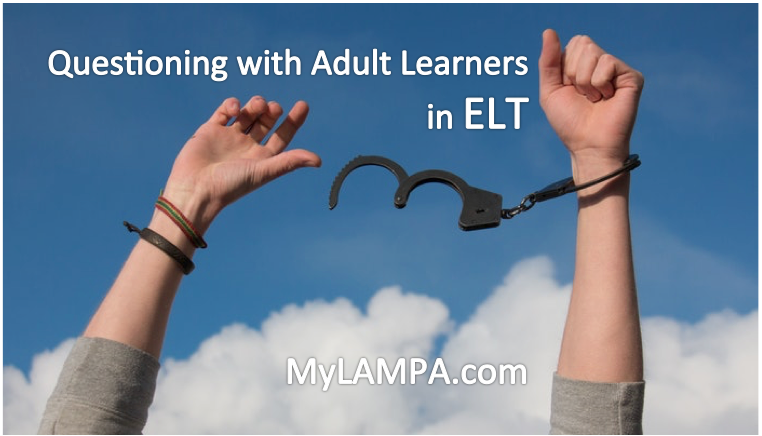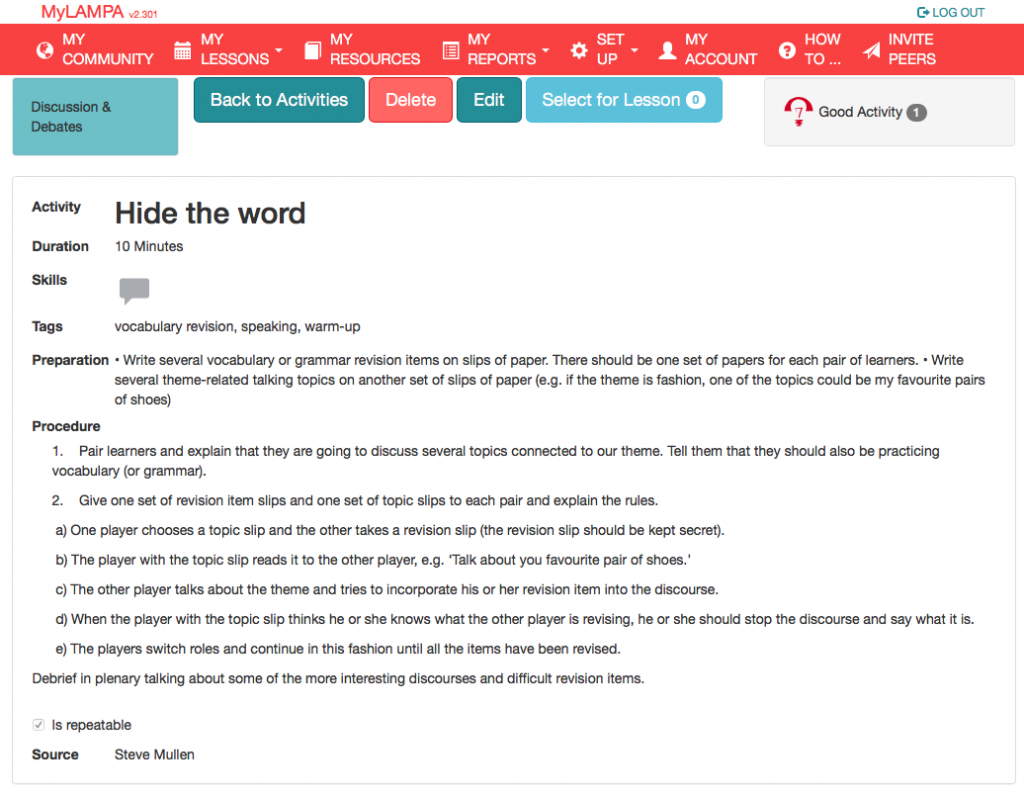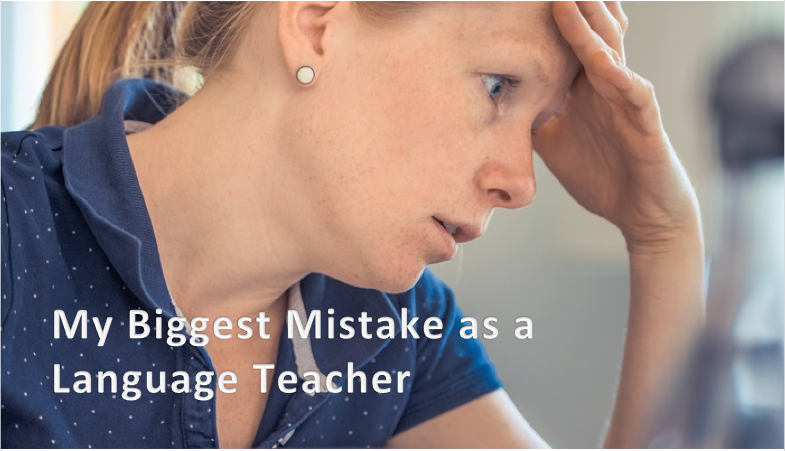Questioning: Communicative English Language Teaching with Adults

The Demands of Communicative Teaching
Teaching can be exhausting work. It may not be so physically demanding, but it certainly can be mentally challenging. Whereas most people spend the workday dealing with colleagues and clients in shorter interactions, teachers employing a communicative approach must consciously and constantly consider the needs, thoughts and feelings of each and every learner for the duration of each lesson and its preparation. Although it is true that we may feed off the learners’ energy, good teachers also invest a considerable amount of their own emotional energy.
The reason that I specify “teachers who employ a communicative approach” is that a communicative approach in critical pedagogy is based in the practise of questioning. Teachers and learners alike should continually question their own assumptions and common practices as well as each other. Therefore, we must be able to ask meaningful questions and respond to all sorts of questions in a thoughtful manner (see https://www.mylampa.com/thoughtful-responses-language-learners-questions/). As teachers, we need to keep our heads in the game all day long…and this is what is so demanding.
Never Ask a Question to Which We Know the Answer
Being able to ask meaningful questions as a language teacher involves probing in order to understand the leaners’ thoughts, needs and reasoning as well as encouraging them to speak and learn the target language. This demands that the teacher get personal with the learners. Of course, this also means that we must let learners inside as well (see https://www.mylampa.com/getting-personal-with-efl-learners/). As Paulo Freire wrote, “I cannot be a teacher without exposing who I am” (Freire, Paulo. Pedagogy of Freedom: Ethics, Democracy, and Civic Courage).
The most important aspect of questioning lies in the ability to ask the right questions. Certainly, we want to ask questions that help learners learn in an environment of trust, but how we frame the question is equally important in a communicative learning environment.
A trial lawyer might agree with Harper Lee when she wrote, “Never, never, never, on cross-examination ask a witness a question you don’t already know the answer to” (Lee, Harper. To Kill a Mockingbird), but a lawyer’s goal is to manipulate in order to defend or prosecute. In stark contrast, a communicative educator’s role should be to help reaffirm and liberate. Therefore, we should try to avoid asking questions to which we already know the answers.
When teaching adult learners, it can be threatening when a teacher takes on the role of expert on a pedestal and drills learners with questions to test their knowledge. According to Freire (http://www.freire.org/paulo-freire/), teaching and learning should not be about depositing information. It should be about encouraging critical thinking. Asking questions to which we already know the answers is not reaffirming or liberating for learners. It is manipulating and potentially demeaning. The teacher becomes more of a drill sergeant than a trusted mentor.
Framing the Question
So, how can we check learners’ understanding if traditional drilling is to be frowned upon? If we follow Freire’s critical approach to the letter, we should not check because “Liberating education consists in acts of cognition, not transferals of information” (Freire, Paulo. Pedagogy of the Oppressed). However, in most language teaching contexts, we are required to check learners’ communicative competences. There are accepted norms in the target language which must be taught and learned. That being said, it would be a mistake to ignore critical pedagogy’s substantial contributions to communicative learning. In any communicative context, we must be mindful of how we frame our questions. Fortunately, there are many non-threatening approaches and resources that allow us to engage learners while gaining trust.
The simplest approach, which can be difficult to consistently implement in praxis, is rephrasing our question. For instance, instead of asking, “Jane, what’s the past participle of do?” we can ask something like, “Jane, what have you done today?” The second question allows us to achieve a number of goals in addition to simply checking. We are modelling, communicating, giving the learner an opportunity to practice and learning about her day, which helps to further strengthen our personal relationship. We are also possibly opening the door to all sorts of important themes for further discussion. A communicative environment emerges while trust and mutual understanding grow. Of course, we must also be prepared to answer the same sorts questions that we ask and we must actively encourage learners to ask them as we expose who we are.
We can use games or other non-threatening learning activities as well. Play tends to be much more fruitful (and enjoyable) than traditional drilling. There are a plethora of such games and activities in print and on the Internet – the biggest barrier to most teachers is sifting through it all to find something that works in the context. To simplify this, teachers can create their own personal libraries of their favourite activities on MyLAMPA.com. The following activity is one example of a way to revise vocabulary or grammar in a non-threatening, playful manner:
Please feel free to comment or share.
If you do not have a MYLAMPA.com account, I encourage you to set one up for your school or as an independent teacher – it’s FREE. If you already have one, check out the new updates!!
Next Blog Entry
Thoughtful Responses to Language Learners’ Questions





